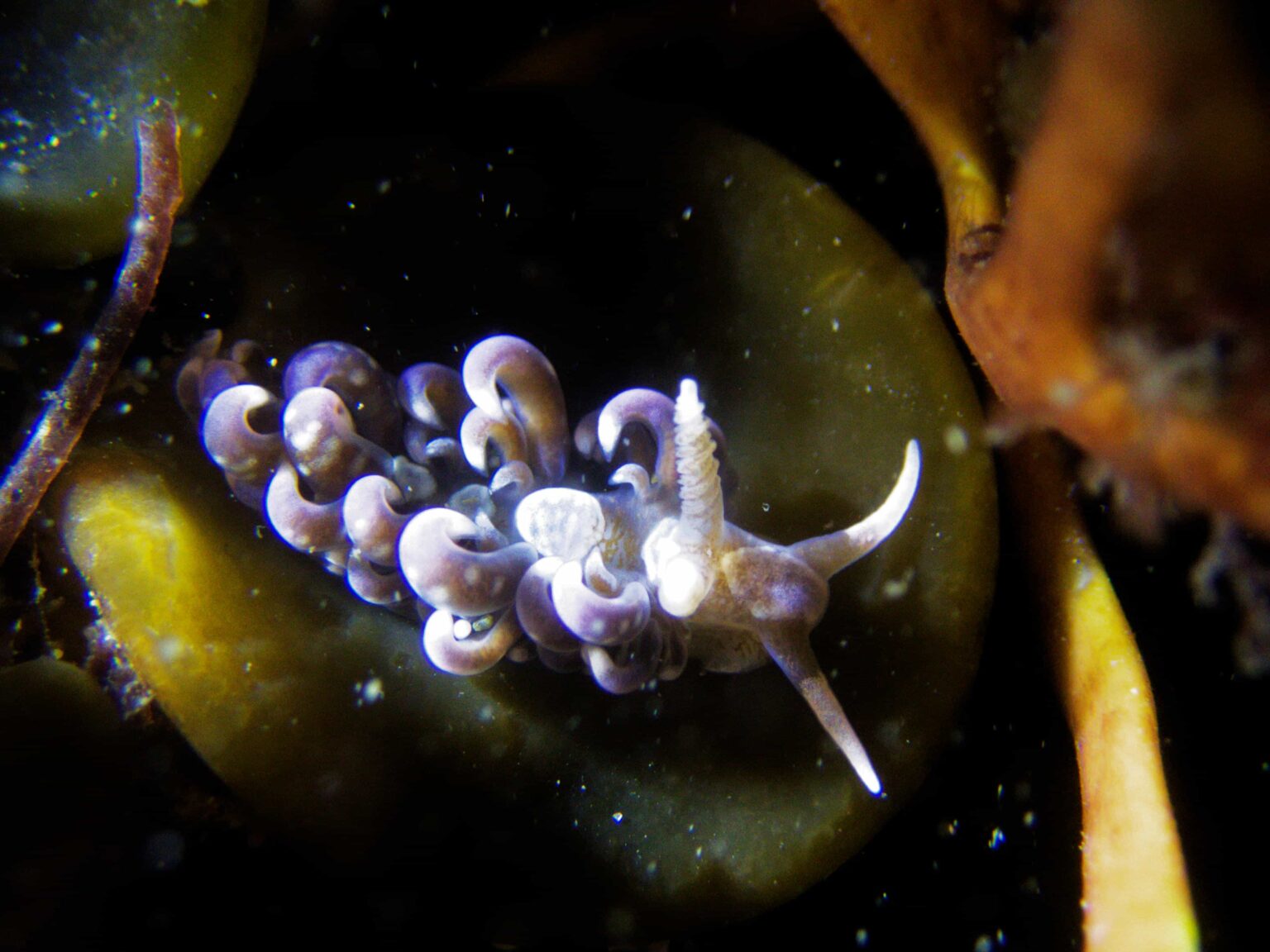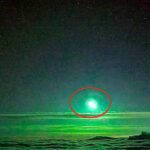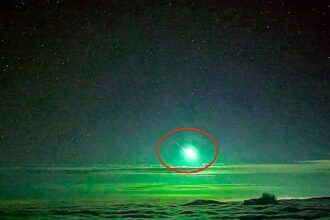A bizarre-looking sea creature usually found in the Caribbean has been spotted in Britain for the first time.
The hair curler sea slug was discovered 4,700 miles away.
It was found at Prisk Cove, near Falmouth, Cornwall.
Until now, its most northerly sighting had been Brest, France, last month.
- Advertisement -
READ MORE: Elephant has heartbreaking response to discovering skull of ‘family member’
Charlotte Cumming, a Cornwall Wildlife Trust volunteer, made the incredible find during one of the Trust’s Shoresearch Week events last Monday (8 Sept).
Ranging in colour from pink to orange, the slug is known for the long, thick, curled outgrowths on its body, giving rise to its French name, limace à bigoudis – roughly translated as hair curler slug.
As well as the Caribbean, they are also found in the Mediterranean and western Atlantic
“I have travelled down to Cornwall to take part in Shoresearch Week annually since 2019,” Charlotte told What’s The Jam.
- Advertisement -
“Prisk Cove is one of my favourite shores and, as ever, it was low tide and I was looking through the seaweeds along a reef when this little nudibranch caught my eye.
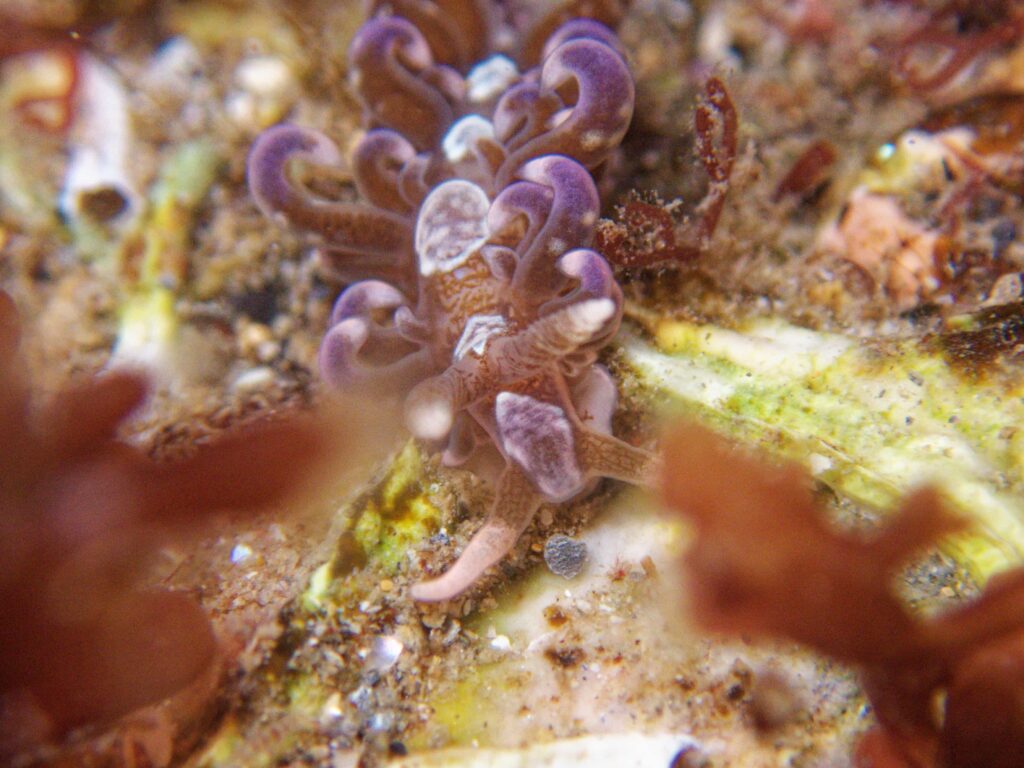
“It was less than 10mm long and looked similar to a slug I have seen before with its curled cerata, although this one was much more purple.
“It’s quite difficult to see the back of the camera underwater in bright sunlight, so I took a few shots and thought no more of it.
- Advertisement -
“It wasn’t until later that evening when I was looking at the photos on a computer screen, that I realised it was in fact something I’d never seen before.
“It’s incredibly exciting to see nudibranchs on the shore, and to discover a species new to the UK is a real thrill.
“I’m so grateful for the support and encouragement of everyone involved in Cornwall Wildlife Trust’s Shoresearch Week programme.
“Five consecutive days of shore surveys is hard work, but it is one of the highlights of my year.”
Within 24 hours of the discovery, photos were sent to marine invertebrate expert Bernard Picton, who confirmed the identification.
Matt Slater, Marine Conservation Officer at Cornwall Wildlife Trust, said: “Charlotte is one of our most dedicated volunteers and her incredible attention to detail led to this fantastic discovery.
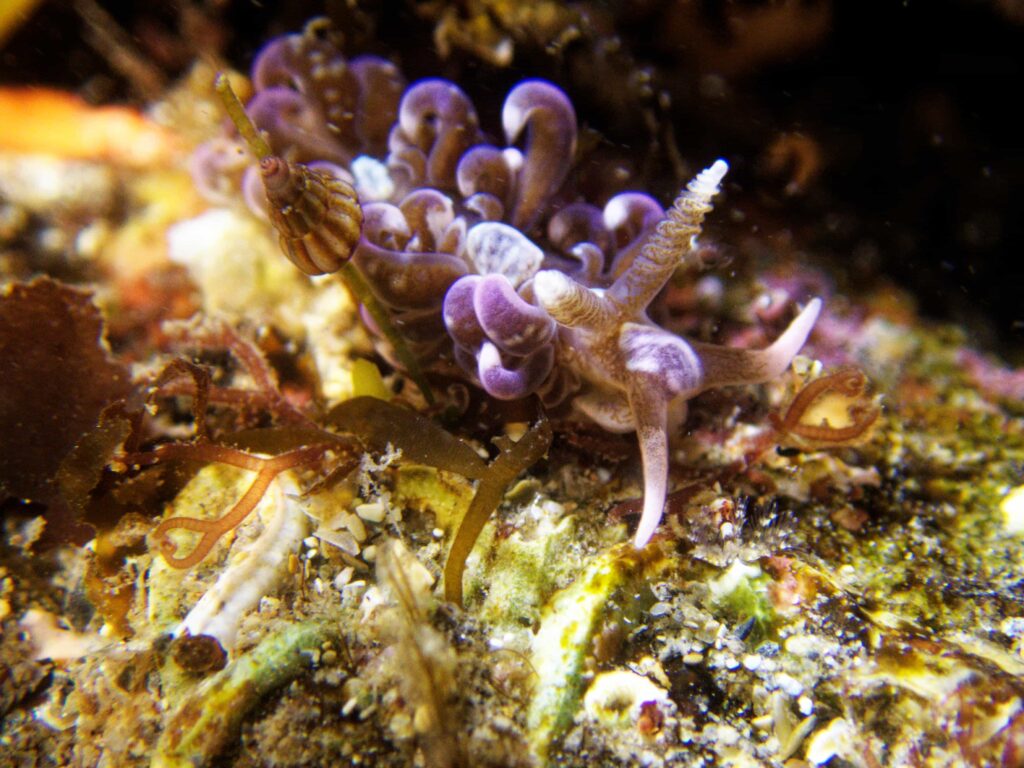
“You really never know what you may find on a Shoresearch survey.
“In recent years we have seen a decline in cold water species and increasing numbers of warm water species arriving on our shores.
“We had an unusually warm summer and oceanic currents would have delivered this animal here as a larvae which settled and has now reached adulthood.
“The fact that this species has been found so far north of its usual range may be another sign that warming seas are influencing the distribution of marine animals.
“This discovery highlights the importance of citizen science and shows just how vital Shoresearch data is in helping us track the changes taking place in our seas in a time when rates of change are accelerating dramatically.”
Shoresearch is a national citizen science project run by Cornwall Wildlife Trust.
The week of surveys has taken place at the same locations and same time of year for the past 14 years, covering Helford, Polzeath, St Agnes, Looe and Fowey.
READ MORE: One-in-a-million PINK grasshopper stuns nature lovers


